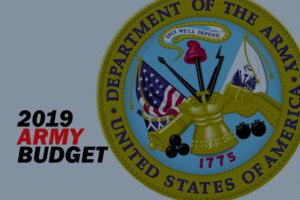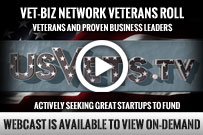Why Government Work is Good for Start-Ups
By Debbie Gregory.
The outlook is bright for startups that want to work with government. New pathways to federal business are helping many startups thrive on government work. The timing has never been better for technology startups to see that working with the government is a winning business proposition.
Small startup firms are perfectly situated to fill the contracting gaps left by large companies, in that they are flexible enough to move quickly, avoid red tape, and at times, their work is less costly. In this respect, startups have an advantage over the larger, more established businesses. Since the government has a wide variety of critical missions that are in need of the newest and most innovative technology ASAP, the federal government now offers ways for startups to test and deploy their innovative solutions.
“Gov Tech” or “Civic Tech” startups are now the hallmarks of innovation in areas such as mobility, the cloud and data analytics. These areas are seeing thriving advancements under entrepreneurial thinking, agile processes and open data. Gov Tech startups enable governments to become more efficient, and have already seen rapid growth as a series of technologies have been adopted by national, regional and city governments.
Many government agencies have developed funds and contract vehicles with shorter procurement timelines and rapid iteration cycles. And once a startup has government users for one product, it can often develop products for both government and commercial markets.
It is evident that startups have a real opportunity with the federal government. The Office of American Innovation (OAI) has maintained that one of its primary goals is to convene the private sector with the government and encourage collaboration between the two. To the extent that innovative companies can help the government save taxpayer money, OAI has painted itself as an ally.
With the new doors that have swung open in non-traditional procurement, winning government customers should be an ambitious goal for our country’s most innovative startups.
Veteran and Military Business Owners Association, VAMBOA,












